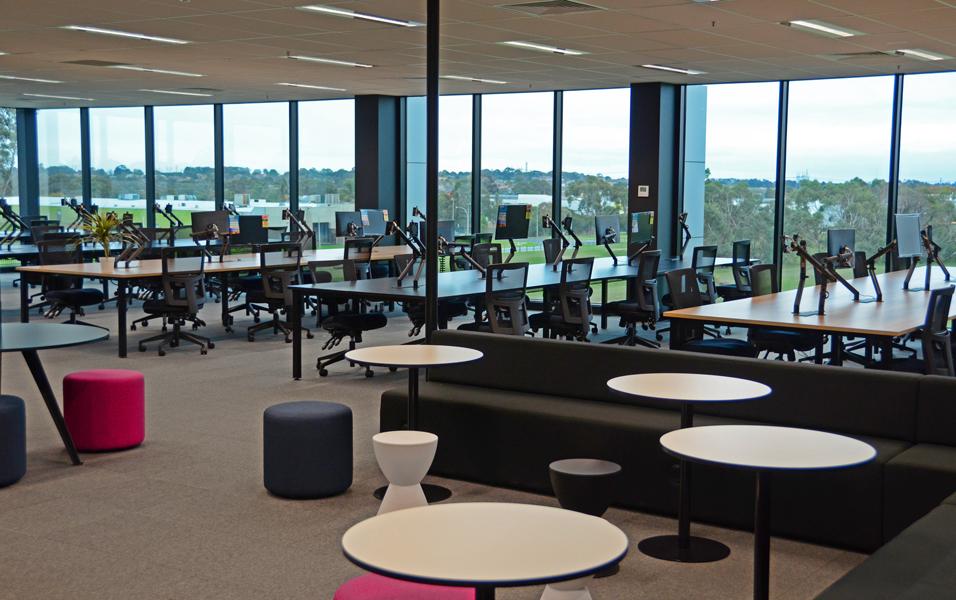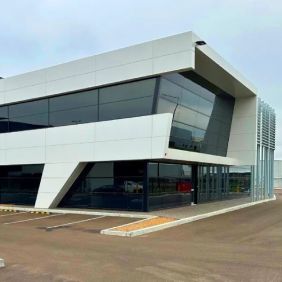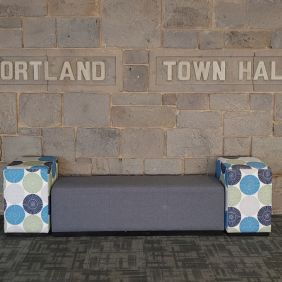
Office refurbishments are not to be taken lightly. Office chairs should be comfortable and stylish, tabletop surfaces must be tough enough for daily use by staff members and durable enough to stand up to the day-to-day activities common within an office environment. There are different styles of office chairs that vary by material, type of task they are suited for, level of support they provide to the user, and maintenance requirements. There is also a difference between a desk or task chair versus management or executive chair. For example leather vs fabric, ergonomic design focus, lumbar support functionality, etc. This guide provides an overview of buying guidelines for office furniture based on these factors so you can identify office chairs that will suit your office and employees well.
Office Furniture Buying Guide: Overview of Office Chairs
The office furniture buying guide provides an overview of office chairs and discusses important factors to consider when purchasing office chairs such as material, task, ergonomic support functionality, lumbar support, adjustable height range, adjustability of armrests, breathable mesh or fabric construction & style. As new office chair styles are released on the market it’s important to stay up-to-date with what’s available so you can purchase office furniture that meets user requirements. Here is a list of office chair resources for future posts
Office Desk Categories & Buying Guides
There are many office desk categories and office desk buying guides to write about, but for this post, we will focus on office desks such as the articulating office desk that easily adjusts from sitting to standing positions. Office furniture companies must provide office furniture that allows employees to easily adjust their office desk or office task chair height while seated. This is because prolonged sitting in an incorrect ergonomic position can cause health problems such as back and neck pain and even poor circulation which reduces productivity.
Articulating Desk – The Smart Solution For Sit-Stand Desks
The articulating desk allows users to easily raise or lower the office desk surface by pulling a lever underneath their office desk. Some office desks can support up to 50 lbs or more of office equipment so they are very sturdy and durable. Office furniture companies have office chairs, office desks, office task chairs, office tables, etc. for clients to choose from so it’s important to provide detailed information on the office furniture that you sell.
Boardroom table – Meeting at the table
Boardrooms are places where business is conducted. Boardroom tables can be made from different materials. Wood tables are common because they often look the best when furniture polish is applied halfway through a meeting to bring out their luster (shine). Glass tables are popular in modern boardrooms because they allow for clear sightlines across the table. Some tables have built-in electronic equipment that links into a computer network across the building.
Tables should not wobble or scoot around when people type on them or lean against them during meetings. An uneven table edge could lead to spilled coffee and knocked-over papers. A wobbly table might even cost someone their job.
Boardroom tables come in a wide range of shapes and sizes, but they all have the same function: to show that money is being made. Tables help people feel important and accomplished. A table adds symmetry and uniformity to any room it is placed in. Some boardroom tables are finished with an oiled stain, creating a unique look for each table. Other tables use materials such as glass or chrome for their surfaces—these tables are typically easy to clean with simple soap-and-water mixtures or by wiping them down with disinfectant wipes.
Some boardroom tables have custom features depending on what sort of work will be done at the table. For example, tables for product meetings might have a smaller table attached to them. This table would be used for holding promotional materials, such as glossy brochures or pro-tech signage (signs encouraging people to buy more products).
Tabletops are generally flat to ensure all meeting participants have similar access to the table surface. Some tabletop s are double-sided so that marker pens can be easily located after being put down to write on flipcharts or whiteboards hung from wall mounts. Other table surfaces feature built-in cup holders. These table cups are suitable for anything from coffee mugs to soda cans. Water pitchers and glasses could be placed in these same areas.
Square table surfaces are not ideal for boardrooms because they do not allow enough legroom for people to sit comfortably. They are better suited to meeting rooms where chairs are meant to be pushed back underneath tables during the meeting so the table surface can be used as a projection screen (displayed on a wall).
A table that is too large can overwhelm a smaller room, while one that is too small will leave participants feeling cramped. A table should fill up between 75 percent and 80 percent of its room. If there is remaining space in the room, it should be filled with multimedia equipment or decorations such as plants or paintings. Boardroom tables are generally between 60 inches (1.5 meters) and 96 inches (2.4 meters).
Conclusion
Office furniture is an important investment for any business. It’s essential to choose the right type and style of furniture to make sure you have a functional and productive workspace. Our comprehensive office furniture buying guide will help you make the best decision for your business. We also offer a wide range of office furniture options, so be sure to get in touch with us if you need assistance choosing the perfect pieces for your space. Thanks for reading!









